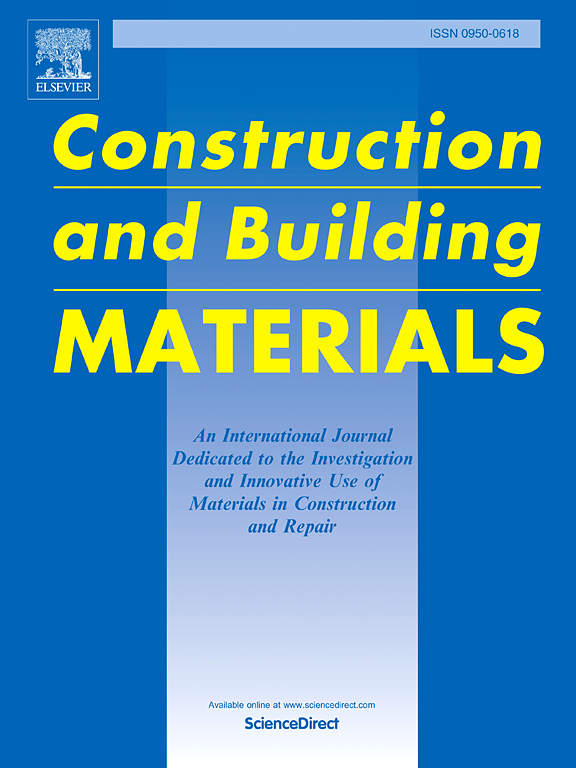Enhanced BiVO4 photocatalyst anchored on construction waste bricks powder for efficient formaldehyde and methylene blue degradation
IF 7.4
1区 工程技术
Q1 CONSTRUCTION & BUILDING TECHNOLOGY
引用次数: 0
Abstract
With the increasing accumulation of construction waste and organic pollutants, efficient treatment methods are urgently needed. This study reports the hybridisation of construction waste bricks (CWB) with BiVO4 (BVO) using a hydrothermal method to synthesise a novel photocatalytic material. Significant improvements in photocatalytic performance of the BVO/CWB-11 composite are seen to address charge carrier recombination in BVO. With a lower Eg of 2.18 eV and an absorption edge extending to 577 nm, this composite can enhance visible light absorption and suppress electron hole recombination. The evidence for this includes reduced photoluminescence intensity showing the longer carrier lifetime and also the enhanced transient photocurrent response. Under simulated visible light, BVO/CWB-11 gives degradation efficiencies for methylene blue (MB) and formaldehyde (CH2O) of 95.66 and 77.85 %, respectively, which are 1.8 and 1.37 times that of pure BVO. The incorporation of CWB not only provides a low-cost recycling option for construction waste but also offers an alternative approach to the treatment of MB and CH2O removal. This work provides a stepping stone towards the application of BVO-based photocatalysts in environmental remediation.
求助全文
约1分钟内获得全文
求助全文
来源期刊

Construction and Building Materials
工程技术-材料科学:综合
CiteScore
13.80
自引率
21.60%
发文量
3632
审稿时长
82 days
期刊介绍:
Construction and Building Materials offers an international platform for sharing innovative and original research and development in the realm of construction and building materials, along with their practical applications in new projects and repair practices. The journal publishes a diverse array of pioneering research and application papers, detailing laboratory investigations and, to a limited extent, numerical analyses or reports on full-scale projects. Multi-part papers are discouraged.
Additionally, Construction and Building Materials features comprehensive case studies and insightful review articles that contribute to new insights in the field. Our focus is on papers related to construction materials, excluding those on structural engineering, geotechnics, and unbound highway layers. Covered materials and technologies encompass cement, concrete reinforcement, bricks and mortars, additives, corrosion technology, ceramics, timber, steel, polymers, glass fibers, recycled materials, bamboo, rammed earth, non-conventional building materials, bituminous materials, and applications in railway materials.
 求助内容:
求助内容: 应助结果提醒方式:
应助结果提醒方式:


